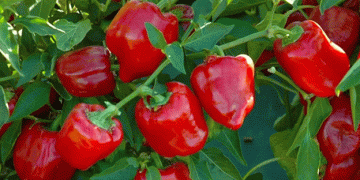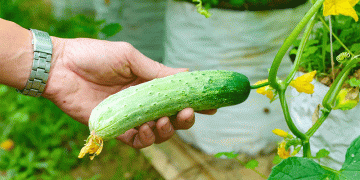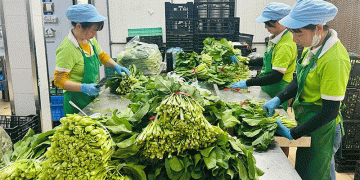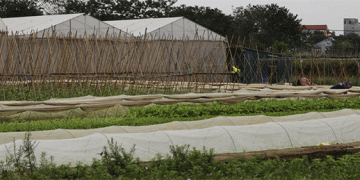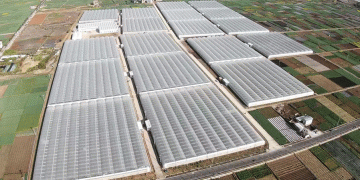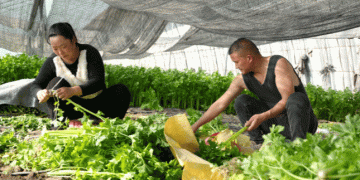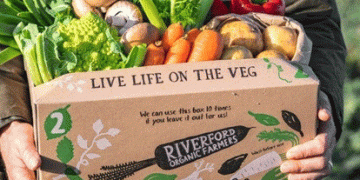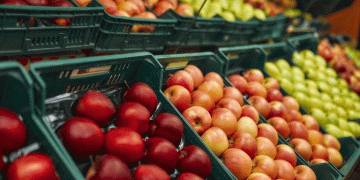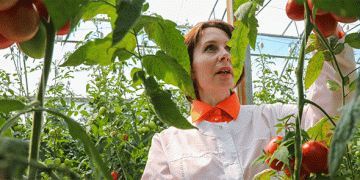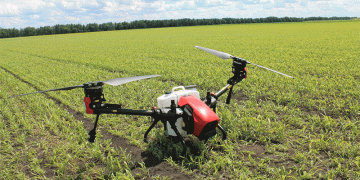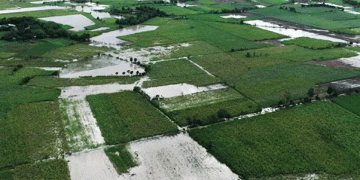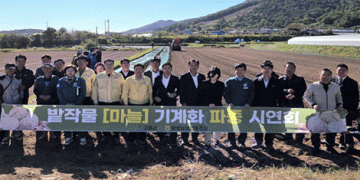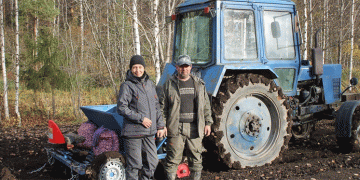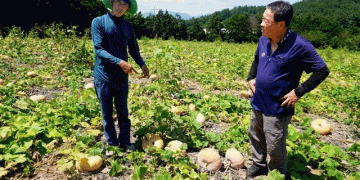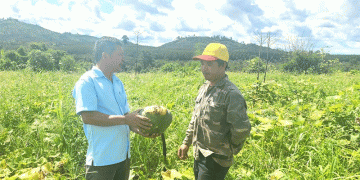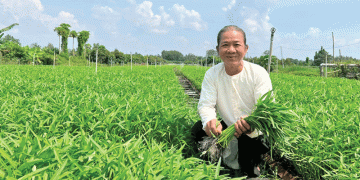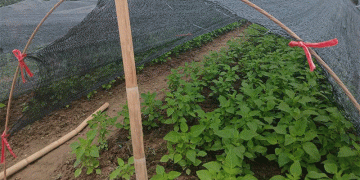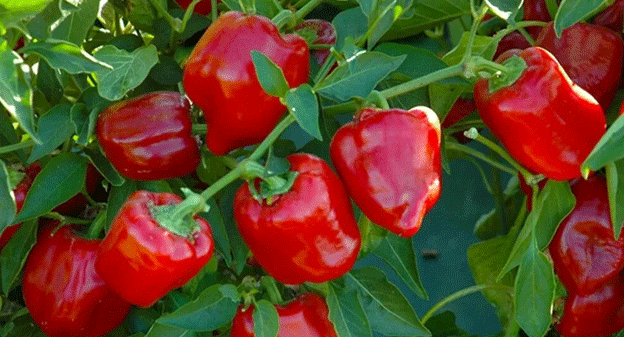The bell pepper industry worldwide is experiencing a complex landscape in 2025, influenced by various factors affecting production, pricing, and trade.
North America:
In the United States, the total acreage dedicated to bell pepper cultivation has decreased by one-third since 2000. This decline is particularly notable in Florida, attributed to competition from Mexican imports and production challenges. The North American Free Trade Agreement (NAFTA) and Mexico’s adoption of protected cultivation methods have bolstered Mexican bell pepper production, increasing its market share in the U.S.
Europe:
European markets are witnessing shifts due to climatic conditions and pest pressures. In Germany, the early conclusion of Spain’s bell pepper season, driven by adverse weather and pest infestations, has led to supply shortages and price increases. This has prompted importers to seek alternative sources from Morocco, Israel, and Italy.
In the Netherlands, the bell pepper season commenced with elevated prices, influenced by growers grappling with root health issues and rising energy costs. The implementation of additional energy levies from 2025 onwards is expected to further impact production expenses.
Asia:
Vietnam’s pepper industry is poised for a dynamic year. Despite a 9.4% decline in export volume during the first two months of 2025, the export value surged by 52%, reaching nearly USD 190 million. This paradoxical trend highlights the complex interplay between supply constraints and price dynamics in the global market.
Africa:
South Africa faces supply challenges due to excessive rainfall, leading to reduced bell pepper availability and subsequent price hikes. This situation affects both fresh markets and processing industries, underscoring the vulnerability of production to climatic variations.
Global Market Trends:
The global bell pepper market is projected to grow steadily. The green pepper segment, for instance, is estimated to be valued at USD 521.8 million in 2025, with expectations to reach USD 624.9 million by 2032, reflecting a compound annual growth rate (CAGR) of 2.6%. This growth is driven by increasing demand in the food processing industry and a shift towards healthier eating habits.
The bell pepper market in 2025 is characterized by a confluence of production challenges, price fluctuations, and shifting trade dynamics. Stakeholders across the supply chain must navigate these complexities by adopting resilient cultivation practices, exploring new markets, and staying informed about global trends to maintain competitiveness in this evolving landscape.
